The best alternative to Aris
Tallyfy is a far better, modern alternative to complex, legacy BPM like Software AG’s Aris
- Design – We invented Workflow Made Easy®
- Pricing – Minimum purchase is 1 full member
- Support – Get expert 1:1 help free – for life
- Discount – For companies in

Tallyfy vs. Aris
Aris

Aris
Aris
Aris
Aris
Aris
Aris
Aris
Aris
Aris
Here’s why people don’t like Aris
This is third party content sourced from the public web. You can verify this content if you wish. See our disclaimer and citations section below.
Stop bleeding 2 hours per person, daily - on busywork
Just 3 simple steps to digitized workflows
Remove the BPM adoption risk of Aris
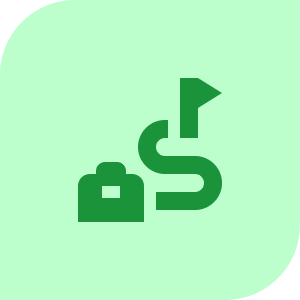
Define or upload your template using AI. Optionally add simple if-this-then-that conditionals. Add rich descriptions to capture tribal knowledge on every step. Learn about templates to get started quickly.

Launch your process with a form or any other trigger. Invite unlimited guests or coworkers to complete tasks and fill out forms. Tallyfy handles auto-reminders. Explore process tracking for real-time visibility.
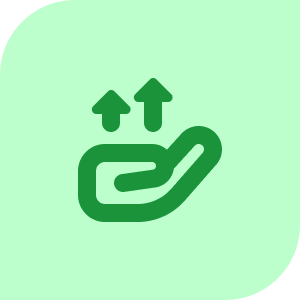
Improve your process through feedback and metrics. Add steps run by AI. Automate specific steps if they’re worth it. Practice easy and continuous improvement. View analytics features to measure success.
This ROI only applies to easy apps like Tallyfy
HEARING THIS?
- How do I do this?
- What's the status of this?
- I forgot we had to do that
- What comes next?
START TALLYFYING
- Every workflow - digitized
- Everyone is happy and efficient
- Newbies are auto-trained
- Grow revenue without chaos
TIME IS EVERYTHING
- US average wage is $44/h
- Nobody enjoys busywork
- Free up time for innovation
- Automate mundane stuff
Tallyfy does not charge for basic services
Need help? Unlike costly “professional services” at Aris – Tallyfy guarantees free 25-minute screen-sharing calls with workflow experts for life.
SCHEDULE A CALL
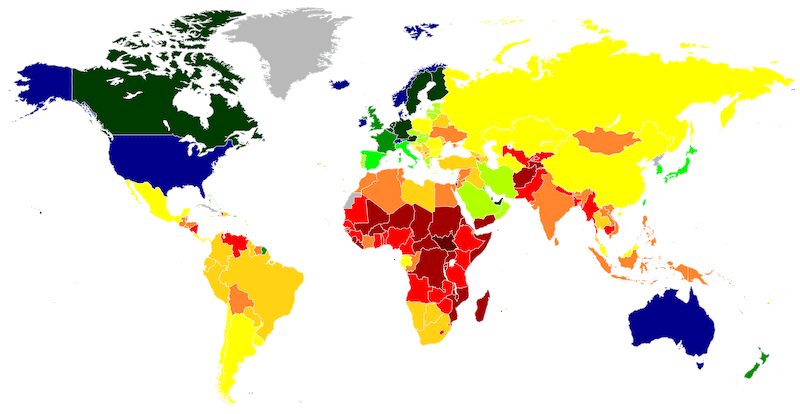
Fair Price Guarantee
Tallyfy is well-known because our pricing is discounted using the GDP-per-capita of your primary country. If you qualify you get an even better product with even more value. Choosing Tallyfy over Aris is a no-brainer.
Fair Price GuaranteeIntegration and enterprise ready
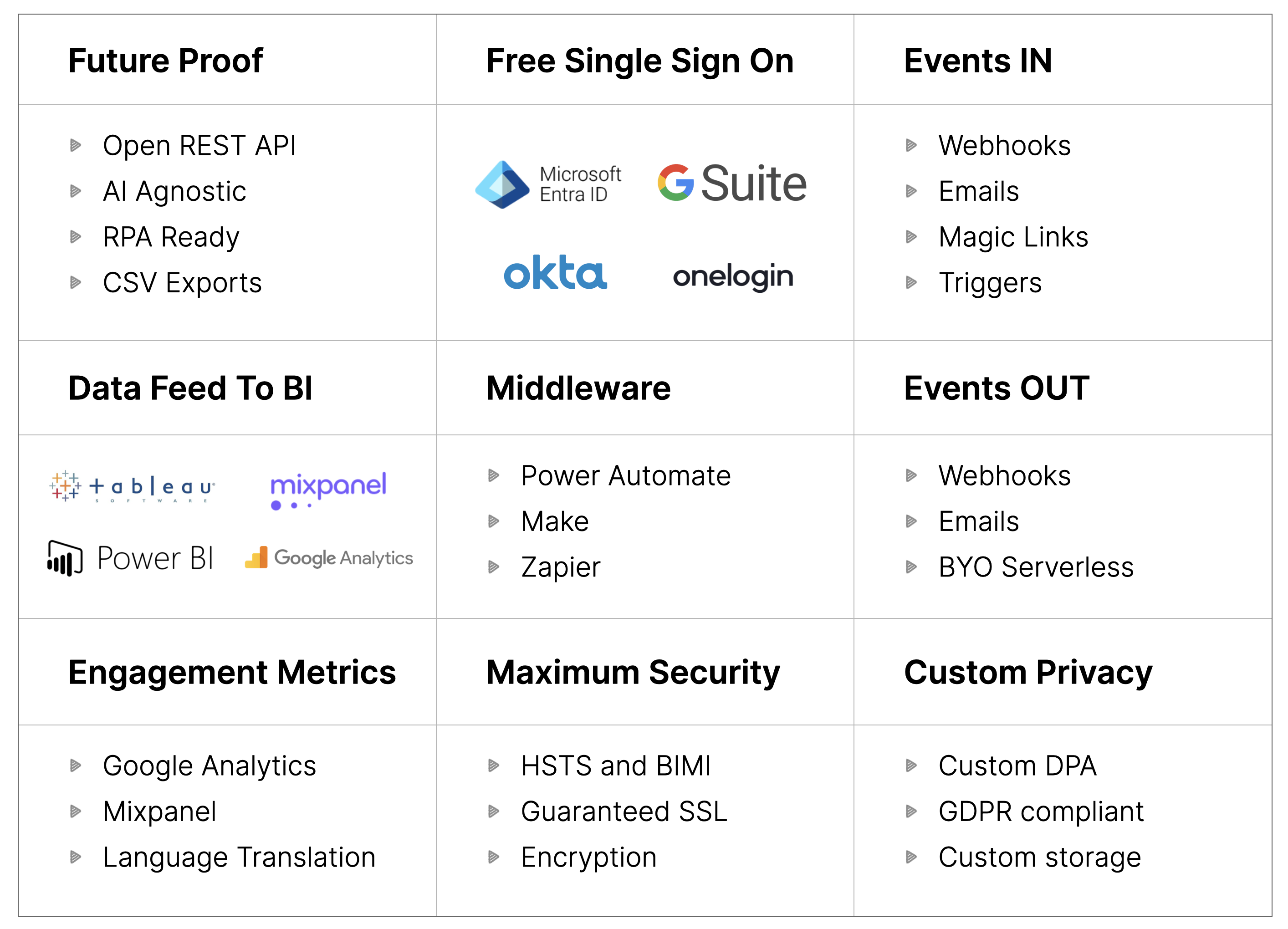
- Open REST API
- SOC 2 Type II
- GDPR compliant
- BIMI and HSTS compliant
- Connectors to middleware
- Free SSO for all
- Webhooks and BI feed
- Language translation
- Bank-grade security
- Enterprise MSA & SLA
- More on integrations
Related questions
What is Software AG ARIS used for?
As Peter Drucker once observed – “The greatest danger in times of turbulence is not the turbulence; it is to act with yesterday’s logic.”
What exactly is Tallyfy and how is it different?
Why are legacy BPM tools like ARIS becoming obsolete?
How does pricing compare between ARIS and Tallyfy?
Warren Buffett wisely noted – “Risk comes from not knowing what you’re doing.”
How does AI integration differ between ARIS and Tallyfy?
How do the two platforms handle process improvement?
What security standards are supported?
How can I see real customer reviews of Tallyfy?
Does Tallyfy offer a free trial?
As Albert Einstein said – “A person who never made a mistake never tried anything new.”
How do I learn more about switching from ARIS to Tallyfy?
This is the disease of legacy BPM

As an Aris competitor – Tallyfy excels where it counts
| Tallyfy | ARIS | |
|---|---|---|
| Specialism | Focused solely on repeatable process workflows without complex BPMN flowcharts. Simple, practical tool that any team member can easily use for executing real processes. Designed for practical implementation rather than theoretical models. | Traditional BPM suite from the 1990s focused on extensive modeling and documentation for large enterprises. Emphasizes complex technical diagrams that often remain theoretical and unused. Many models may end up gathering dust rather than being implemented. |
| Pricing | Highly affordable with a minimum purchase of just 1 user. Transparent pricing model with a unique Fair Price Guarantee offering lifetime discounts based on country GDP. Accessible to organizations of all sizes. | May require enterprise-level budgets with complex licensing structures. Tiered pricing structure that varies by features and modules. Higher cost of ownership than Tallyfy. |
| Ease of Use | Intuitive interface that new users can grasp immediately. Non-technical users can start using processes within 22 seconds of receiving an invite. No flowchart complexity means faster adoption across teams. | May have a steep learning curve requiring specialist training. Requires formal training programs that average users struggle to complete. Newcomers may depend on IT support or consultants, making onboarding slow and difficult. |
| Adoption | Achieves rapid, widespread adoption due to practical usability. Users embrace its trackable workflows because they deliver real value. Actually gets used in real life rather than becoming shelfware. | May result in poor adoption rates. Complex modeling approaches can discourage regular use. Requires ongoing change management limiting organization-wide implementation. |
| Security | Advanced security with HSTS (strict transport security) and BIMI (email identity protection) by default. Enterprise-grade features included at no extra cost, including free Single Sign-On (SSO) for all users. | Offers standard security but may lag in implementing newer protocols like BIMI and HSTS. Security features like SSO could be available only as add-ons, unlike Tallyfy’s all-inclusive approach. |
| Support | Free lifetime 1:1 support with workflow experts. Schedule unlimited 25-minute screen-sharing calls at no charge. No professional services fees for personalized guidance. | May rely on paid professional services and consultants. Tiered support packages with varying response times. Expert support could incur additional costs throughout the platform’s lifetime. |
Tallyfy is a far better alternative to Aris
Don’t commit to the ridiculous pain of legacy BPM
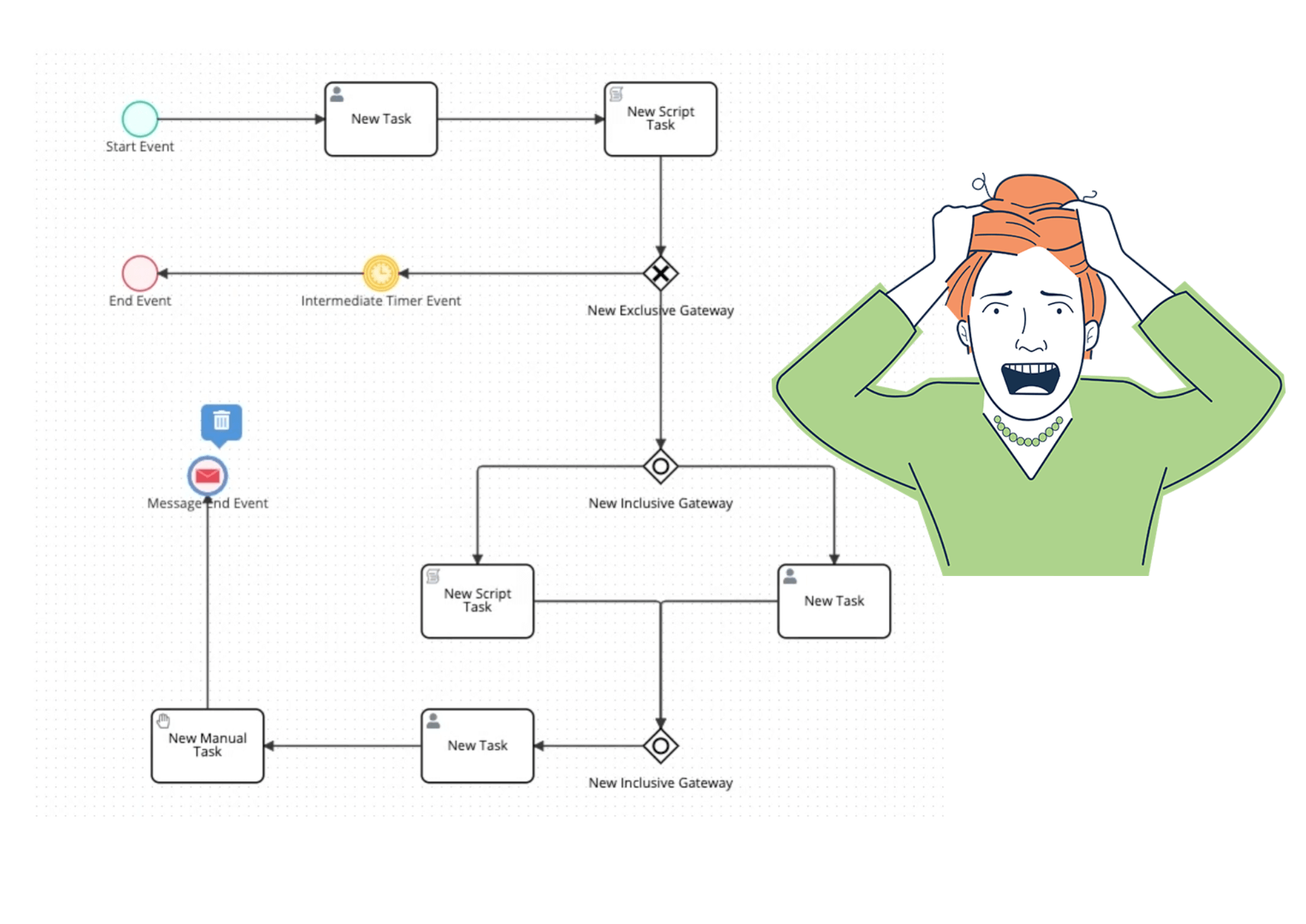
Stop bleeding 2 hours per person, daily - on busywork
References and Citations
- [1] Aris review on G2 – February 2025
- [2] Aris review on G2 – February 2025
- [3] Aris review on Capterra – February 2025
- [4] Aris review on Capterra – February 2025
- [5] Aris review on Capterra – February 2025
- [6] Aris review on TrustRadius – February 2025
- [7] Aris review on Gartner – February 2025
- [8] Aris review on TrustRadius – February 2025
- [9] Aris discussion on Reddit – February 2025
- [10] Aris review on TrustRadius – February 2025
DISCLAIMER OF AFFILIATION, ACCURACY & LIABILITY
This page is an independent, good‑faith comparative review prepared by Tallyfy, Inc. (“Tallyfy”) and is based on publicly available information, third‑party reviews, and vendor materials current as of February 2025. The content is offered “AS IS” for general informational purposes only and does not constitute professional, technical, or legal advice.
- No Affiliation. Tallyfy is not affiliated with, endorsed by, or sponsored by Software AG. “Aris” and related logos are trademarks or registered trademarks of Software AG; all such marks appear solely for nominative, comparative reference permitted under the Lanham Act and the doctrine of nominative fair use.
- Dynamic Information. Features, service levels, and pricing change frequently and may have changed since the compilation date. Users should verify current offerings directly with each vendor before making purchasing decisions.
- Opinion & First‑Amendment Protection. All statements constitute Tallyfy’s opinion or commentary, which is protected speech when truthful and non‑misleading.
- No Warranties; Limitation of Liability. Tallyfy disclaims all warranties—express or implied—including accuracy, completeness, merchantability, and fitness for a particular purpose, and will not be liable for any loss or damage arising from reliance on this content.
- Overall Website Terms. Your use of this website is subject to our terms and conditions.